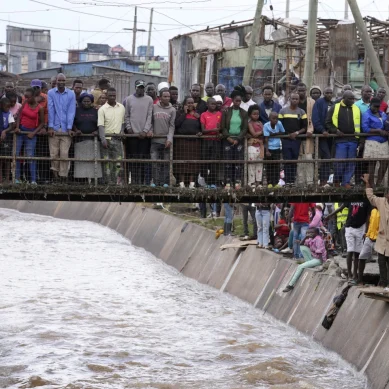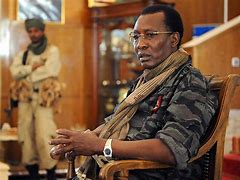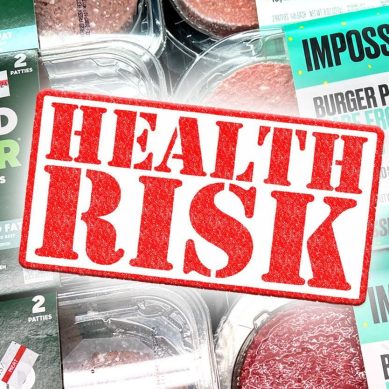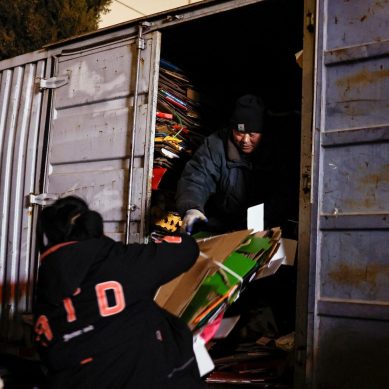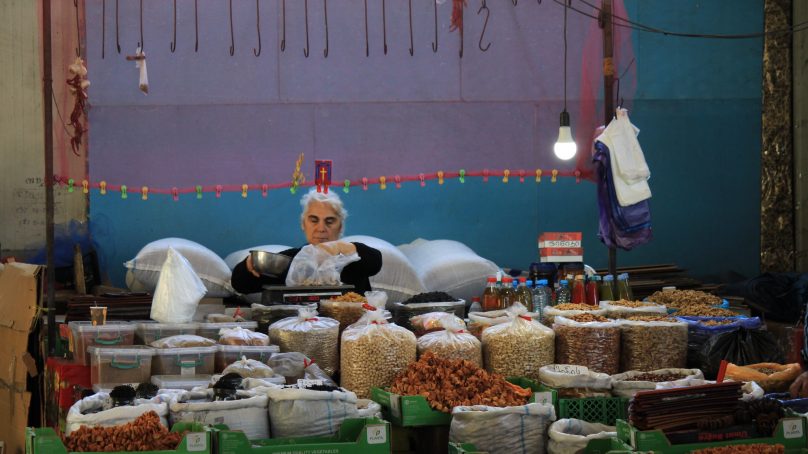
For years, Georgia, the tiny former Soviet republic of 3.7 million people, relied on neighbouring agricultural powerhouses – Russia next door and Ukraine across the Black Sea – to feed its citizens.
But the former’s invasion of the latter has changed all that. The rising costs of food, rent and basic services – combined with changing weather patterns due to climate change – are exposing structural weaknesses in the country’s food systems.
In a nation where bread appears in almost every meal, only a fifth of wheat consumed is produced locally. The rest is imported, with almost all of it coming from Russia. Most wheat flour and sunflower oil also comes from Russia and Ukraine.
Wheat imports are already significantly lower this year: 105,000 tonnes in the first three quarters, compared to 283,000 tonnes in 2021 and 368,7000 tonnes in 2020.
Like Egypt, Georgia suffers from “double dependence” – heavily reliant on a few staple imports but also hostage to a handful of exporters to deliver those essential goods.
“Milk and dairy products are also essential to us, and a significant portion of them are imported from Russia, Ukraine or Belarus. Due to the war, supply channels were restricted, and dairy products became more expensive,” explained Ia Katsia, deputy head of the Agricultural Policy Research Centre at the ISET Policy Institute, a university-based think-tank in the Georgian capital, Tbilisi.
“According to the Khachapuri Index, the cost of a kilogramme of cheese has increased from last year’s average of 11 Georgian lari ($4) to 18 ($6.60). This is one of the steepest growths I’ve ever seen,” she explains.
Katsia was referring to an index that tracks inflation by using the prices of ingredients in a traditional Georgian cheese-filled bread called Khachapuri. Set up by ISET, it has increased by between 24 per cent and 38 per cent throughout 2022.
Ordinary Georgians told of their struggle to pay rent and feed their families. Farmers, lamenting losses of both money and harvests, are worried about what the future holds. Aid workers, meanwhile, warned that Georgia is part of a volatile region and must not slide back to the days of a few decades ago when humanitarian needs were paramount.
David Khurtsilava, a 27-year-old entrepreneur, started a second job in October as a tour guide when he noticed the profits from his two-year-old company, which produces board games, had shrunk in the past year. He also bought a white car so that if the situation worsens, he can become a taxi driver. Georgian law requires private taxis to be white.
“For most people, it is no longer sufficient to do one job,” he said.
“[Since] the war [in Ukraine began], the cost of everything [has] climbed. The majority of people in my close surroundings are finding it difficult as their earnings aren’t enough to pay their expenses. We live on the verge of survival,” added Khurtsilava.
It now costs 30 lari (about $11) for a can of coke, a few pieces of cake, bread, sour cream, and eggs, he said, adding: “Maintaining such a poor diet costs you 900 lari per month.” This is equivalent to the median salary in Georgia in 2021.
Others, like Goga Sharangia*, 29, left Georgia in search of opportunities abroad. Sharangia had been considering the move for a while but the war in Ukraine accelerated his decision.
“I ended up going to three different stores to compare prices and purchase the product at the lowest possible price. It affects your mental health,” he said. “I often didn’t have enough money to go somewhere with my friends, even to a cafe, for lunch.”
Sharangia borrowed $13,000 from a bank and followed a popular route to get to the United States – via Spain, Portugal and Mexico. Arrested after he crossed the US border from Cancun, he spent 18 hours in prison, sharing a small room with an open toilet with 40 others.
Sharangia is now seeking asylum and plans to work illegally, as his parents and grandmother back home in Georgia are reliant on remittances from him and his sister, who also lives abroad.
But it’s not just the war in Ukraine making life in Georgia harder. Farmers are battling pests, droughts, and more rainfall, as fears grow that climate change could hit future food production hard.
“With each passing year, the rise in temperature and decline in rainfall becomes more evident,” said Mikheil Matiashvili, a cattle breeder from the eastern region of Kakheti, where a drought slashed his hay harvest and caused up to $3,700 in losses.
“Both pastures and crop grass needed to feed cattle in the winter are in short supply,” he said.
Installing an irrigation system would help, but it thousands of dollars, which he does not have.
Potato farmers are having big problems too. Some are fighting off fungus because of higher precipitation, explained Marcella Maxfield, Action Against Hunger’s regional director for the South Caucasus. “Everywhere you go, farmers are struggling,” she said.
Their experiences stand in sharp contrast to the rosy picture painted by economists and Georgian officials.
In September, the Asian Development Bank predicted 7 per cent GDP growth in 2022 for the lower middle income nation. The International Monetary Fund projected an even higher 9 per cent growth on the back of strong tourism revenue and a large inflow of money transfers. An economic adviser to Georgia’s prime minister wrote an opinion column, saying Georgia’s economy is going against the trends of deficits, debts, and instability in Eurasia.
Yet in an August poll by the Washington DC-based National Democratic Institute (NDI) and non-profit research centre CRRC-Georgia, 30 per cent of respondents in Georgia said every month, or more often, they “did not have enough money to buy the food” they or their family needed. A further 29 per cent said they have experienced the phenomenon, but less often than every month. Only 39 per cent said they have “never” faced such a situation.
Government statistics also showed food prices have risen by 16.8 per cent and housing and utilities by 15.4 per cent this year, a significant hit in a country where households have long spent nearly half of their income on food.
“More and more people are sliding into poverty,” said Maxfield, whose organisation has been working in the region since 1994. The number of people receiving social benefits has also increased from 11.7 per cent in 2020 to more than 18 per cent in 2022 and because the process to qualify is arduous, people are often hesitant to start a job once they receive benefits, she added.
“Even if the state provides employability programmes and support to get them out of this dependency… [people] are afraid [the work is] going to be really short term or informal labour, and that they would not be able to support their family,” she added.
- The New Humanitarian report
